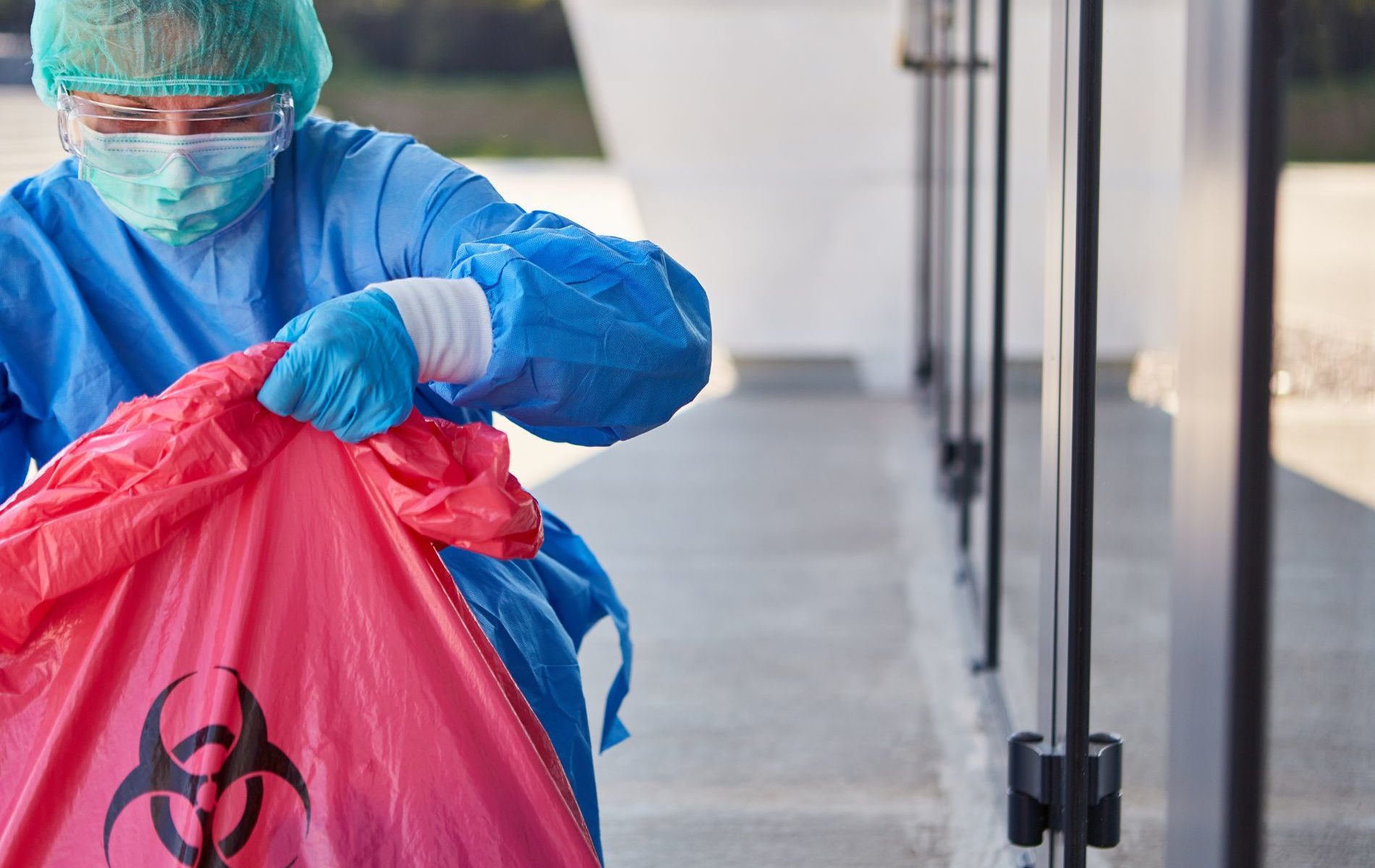Reclaim Waste - The Facts
Reclaim Waste - The Facts
Blog Article
The Ultimate Guide To Reclaim Waste
Table of ContentsIndicators on Reclaim Waste You Should KnowThe Main Principles Of Reclaim Waste The Single Strategy To Use For Reclaim Waste10 Simple Techniques For Reclaim WasteAbout Reclaim Waste
Check out the types, events, and types of liquid waste. Domestic sewage waste refers to the waste and items from a household sewage-disposal tank. This type of waste is developed by people in houses, institutions, and other structures. This only includes septic systems that have a drain area. The correct administration and disposal of domestic sewage waste need liquid waste to be transferred to a sewage treatment plant where the proper methods and tools are put on cleanse and dispose of waste.
Business waste commonly consists of potential dangers, such as combustible materials or a blend of fluid and solid waste items, and calls for an advanced and in-depth disposal procedure. The disposal of business waste usually entails the filtration of waste before transportation to make certain safe and appropriate disposal. Hazardous waste is developed from byproducts and overflow of commercial procedures and production.
This type of waste can not make use of the same sewer monitoring transportation or procedures as septic or commercial fluids. The hazardous waste monitoring procedure calls for the assessment and screening of fluid waste prior to it undertakes the disposal procedure (liquid waste removal melbourne). Drainage waste is the fluid waste that originates from drainage and excess stormwater in extremely booming locations or cities
Drainage waste can cause contamination and flooding otherwise taken care of properly. Discover more about sewer cleaning and waste management. Making sure appropriate waste administration can stop calamities and minimize environmental damage. Both individuals in property settings and experts in industrial or production sectors can gain from recognizing the processes and policies of fluid waste monitoring.
Our Reclaim Waste PDFs
Contact PROS Solutions today to learn more about our waste administration and disposal services and the correct methods to care for the fluid waste you create.
(https://www.awwwards.com/reclaimwaste1/)This so-called 'wastewater' is not just a crucial resource however, after treatment, will be released to our land, rivers or the sea. Used water from bathrooms, showers, bathrooms, cooking area sinks, washings and industrial processes is recognized as wastewater.

water made use of to cool equipment or clean plant and tools). Stormwater, a form of wastewater, is drainage that flows from farming and urban locations such as roofing systems, parks, yards, roads, paths and seamless gutters into stormwater drains pipes, after rainfall. Stormwater flows untreated directly to neighborhood creeks or rivers, eventually getting to the sea.
The 3-Minute Rule for Reclaim Waste
In Queensland, many wastewater is dealt with at sewage therapy plants. Wastewater is delivered from domestic or commercial sites with a system of drains and pump stations, understood as sewage reticulation, to a sewer therapy plant. City governments develop, keep and run most sewer therapy plants. Operators are accredited under the Environmental Management Act 1994 to discharge treated wastewater at an appropriate ecological standard into waterways.
The Department of Natural Resources advises local federal governments regarding managing, operating and maintaining sewerage systems and therapy plants. In unsewered locations, regional federal governments may call for householders to set up individual or family sewer therapy systems to treat domestic wastewater from toilets, cooking areas, bathrooms and washings. The Department of Natural Resources authorizes using household systems when they are proven to be effective.
The majority of stormwater receives no therapy. In some new neighborhoods, therapy of some stormwater to get rid of trash, sand and crushed rock has started making use of gross toxin traps. Wastewater therapy takes place in 4 stages: Eliminates strong issue. Bigger solids, such as plastics and various other items incorrectly discharged to drains, are removed when wastewater is travelled through screens.
Wastewater after that moves right into huge tanks where solids resolve and are removed as sludge. Oil and residue are skimmed from the surface area. Uses small living organisms called micro-organisms to break down and get rid of continuing to be liquified wastes and fine particles. Micro-organisms and wastes are included in the sludge. Eliminates nitrogen and phosphorus nutrients that might create algal blossoms in our waterways and endanger marine life.
Some Known Details About Reclaim Waste
Nutrient elimination is not readily available at all sewer treatment plants due to the fact that it requires pricey specialized tools. Clear fluid effluent generated after treatment may still have disease-causing micro-organisms - liquid waste disposal.

This normally suggests wastewater has to be dealt with or contaminants removed before it can be discharged to waterways. The majority of wastewater streams into the sewage system. Under the Act, city governments carry out approvals and licences for eco relevant tasks (Ages) entailing wastewater releases that may have a local effect. The department provides approvals and permits to Ages entailing wastewater releases that might have a local or statewide impact.
What Does Reclaim Waste Do?
Or else, examples are taken for research laboratory analysis. Usually numerous examinations are needed to develop the levels of each of the various pollutants such as my response oils, hefty metals and chemicals in water. Monitoring offers valid information concerning water high quality and can confirm that licence problems are being fulfilled. The information obtained via monitoring supplies the basis for making water top quality decisions.
Report this page